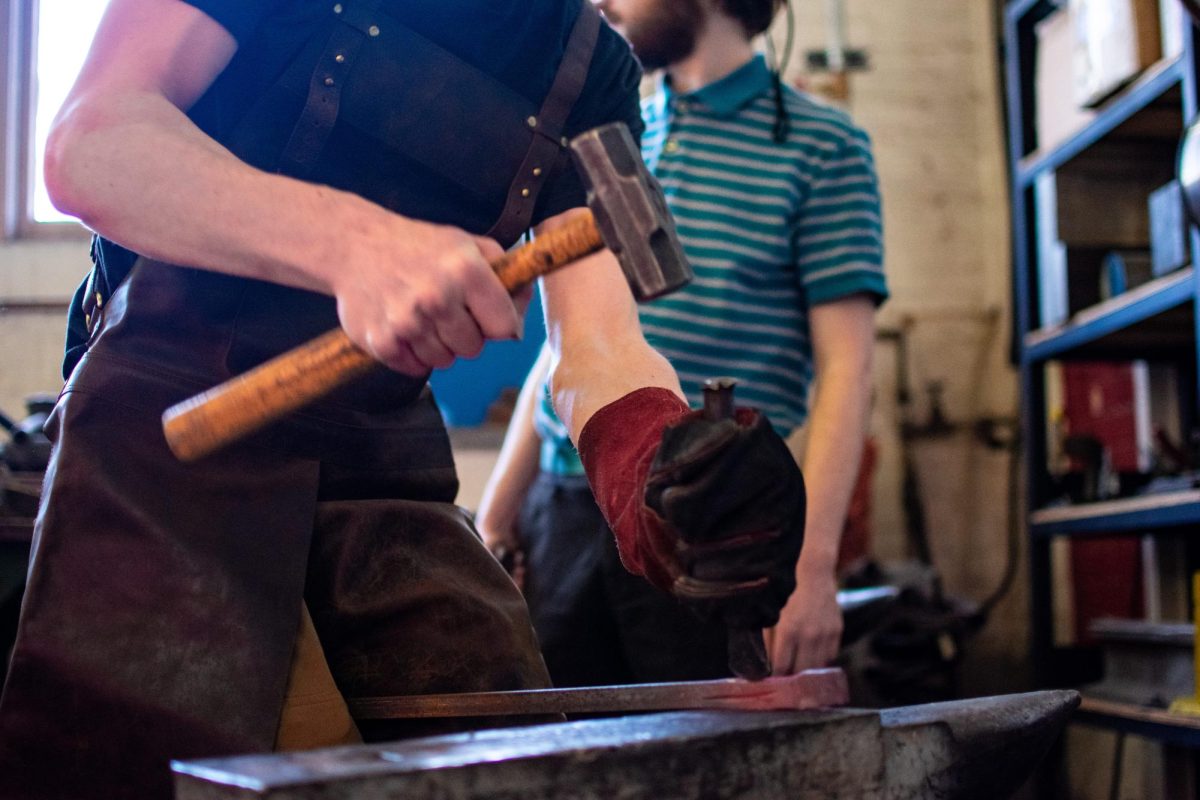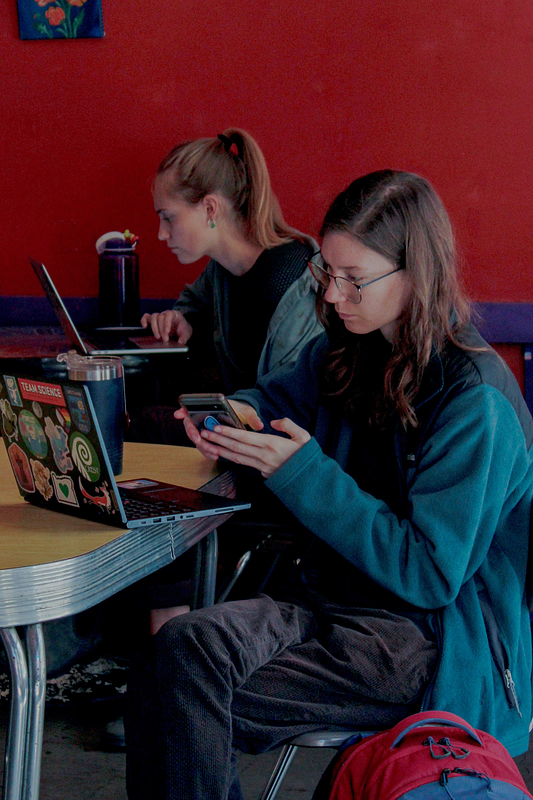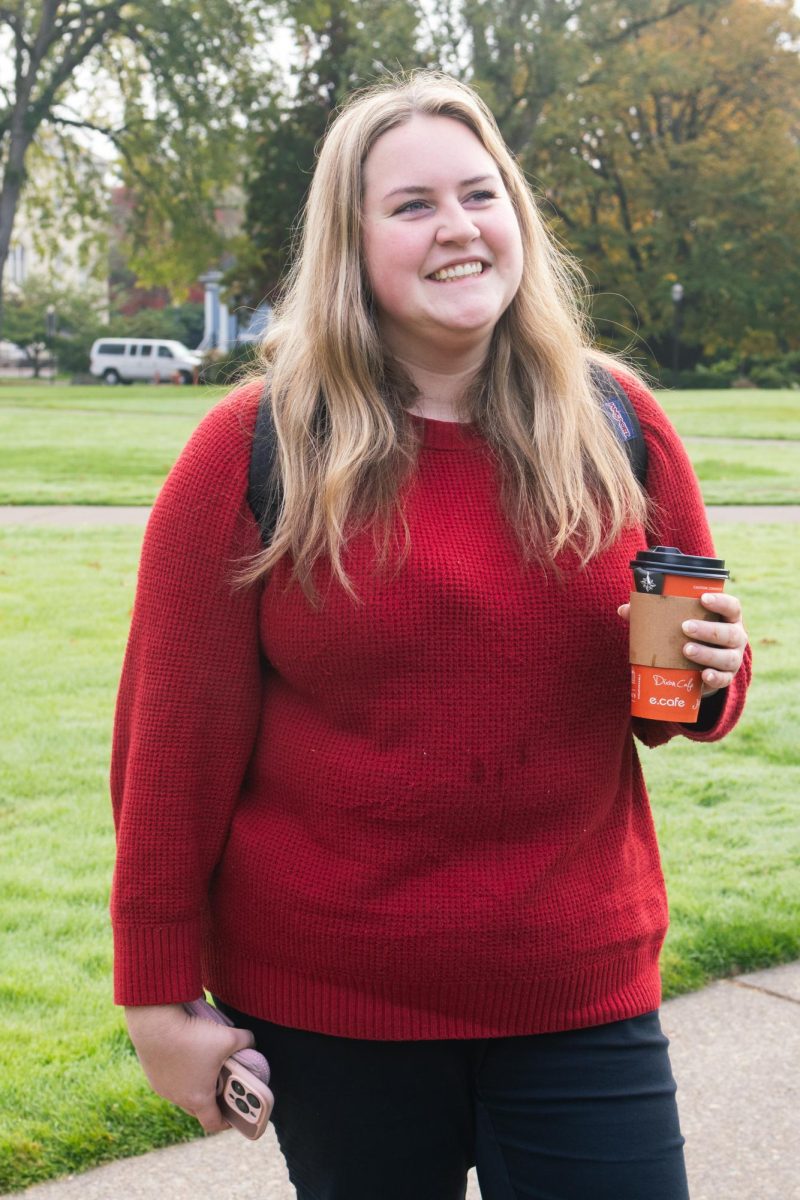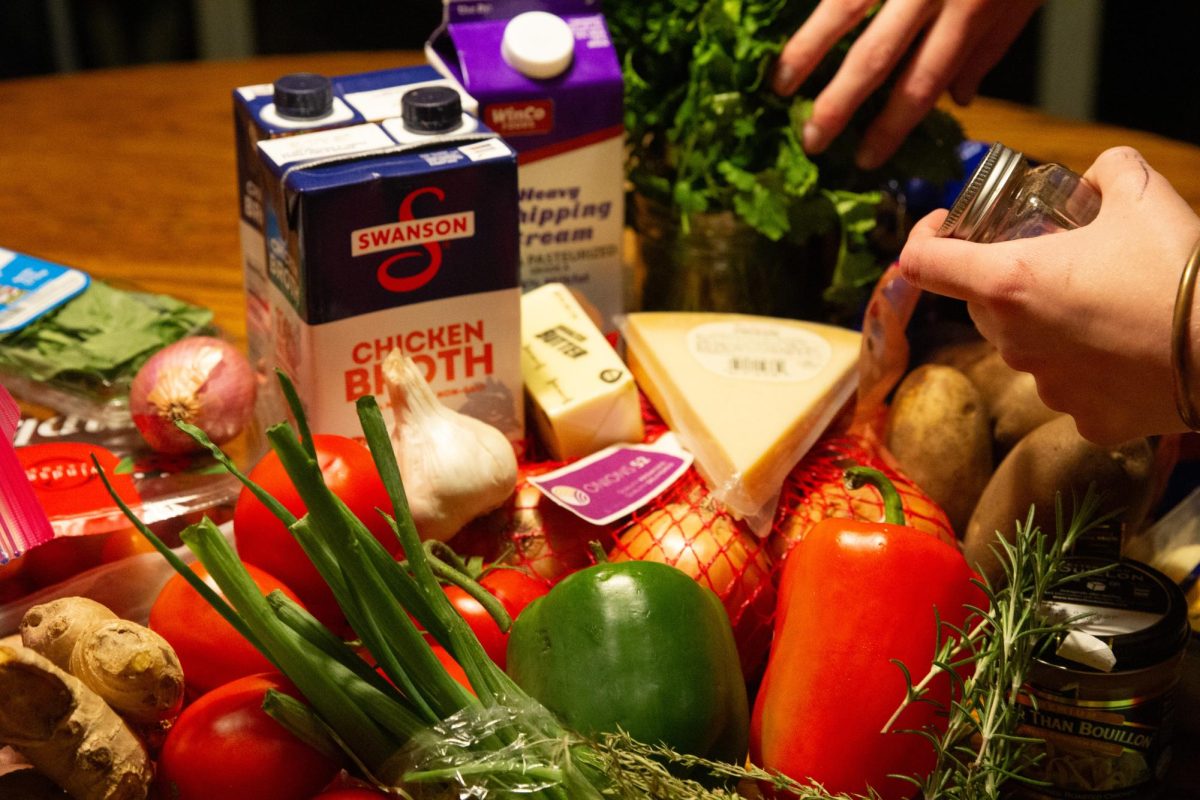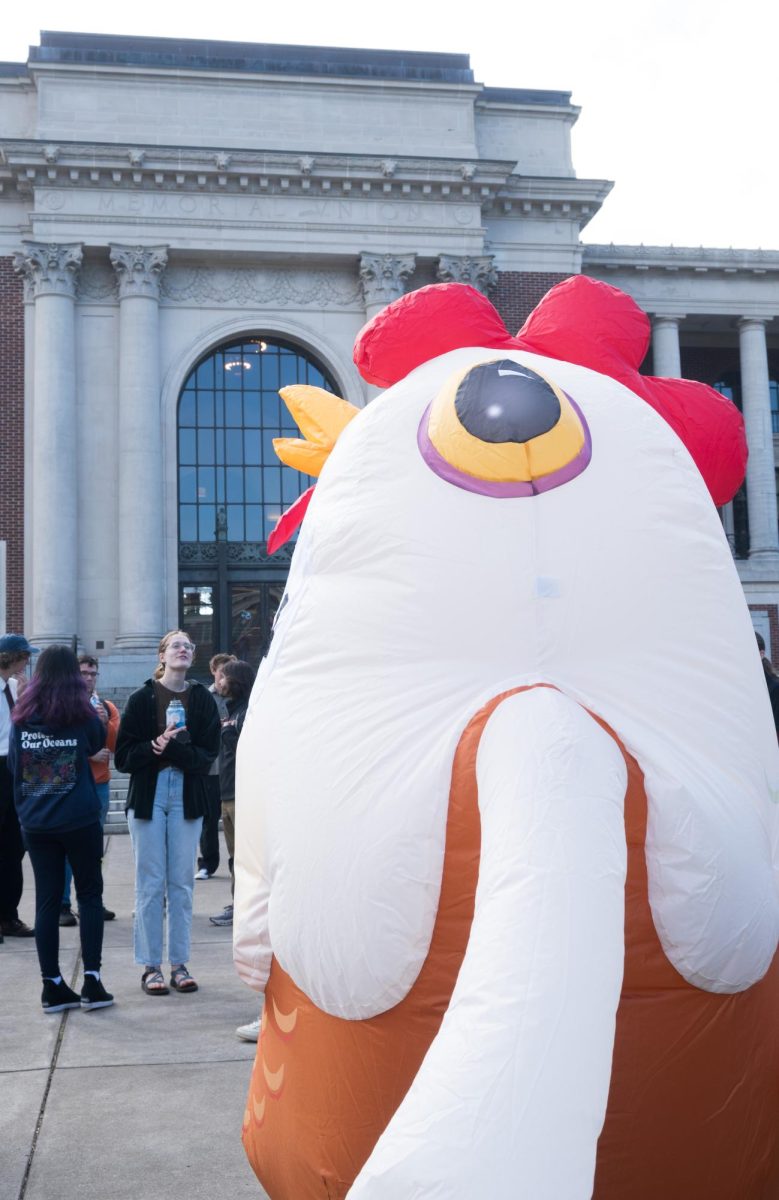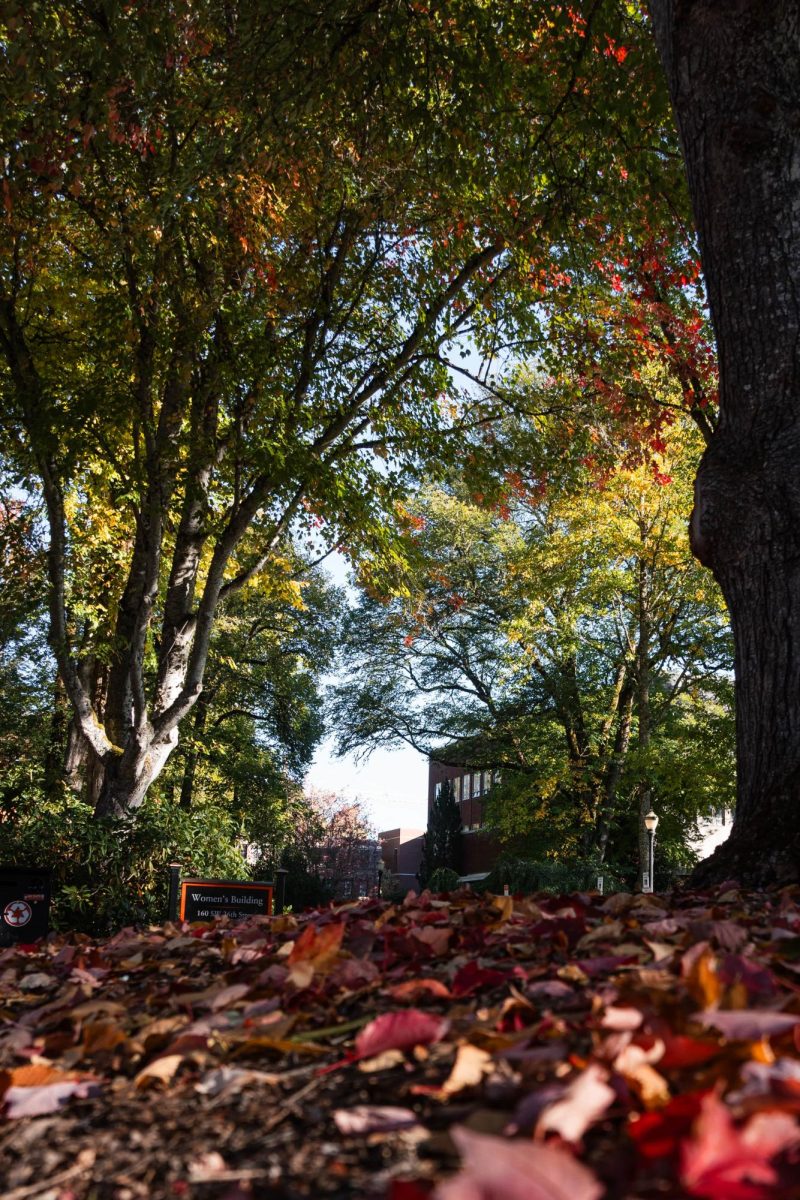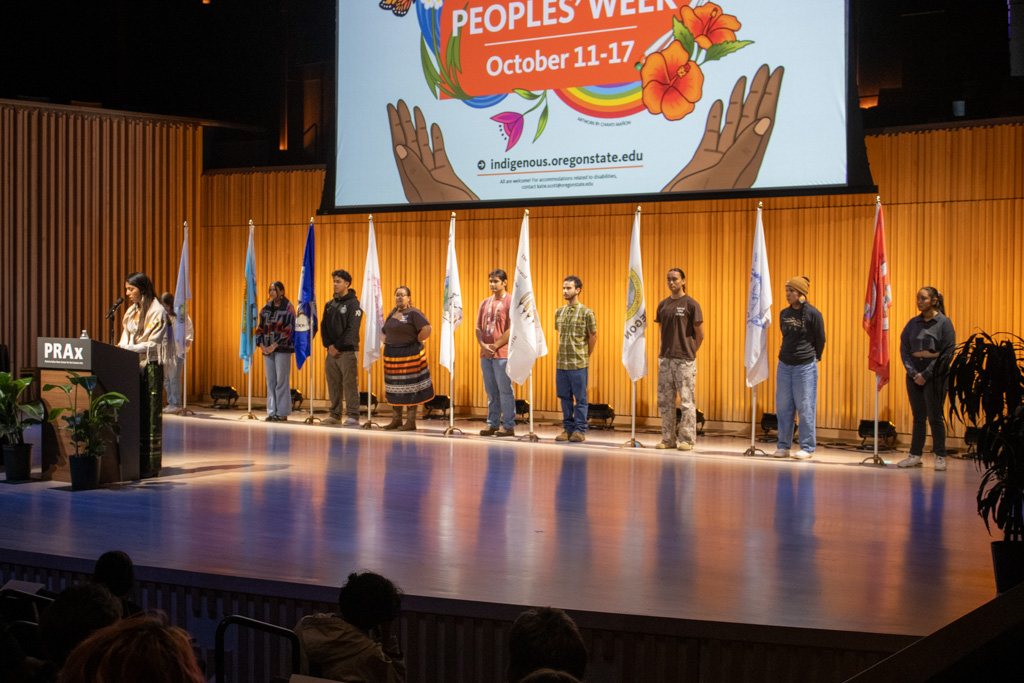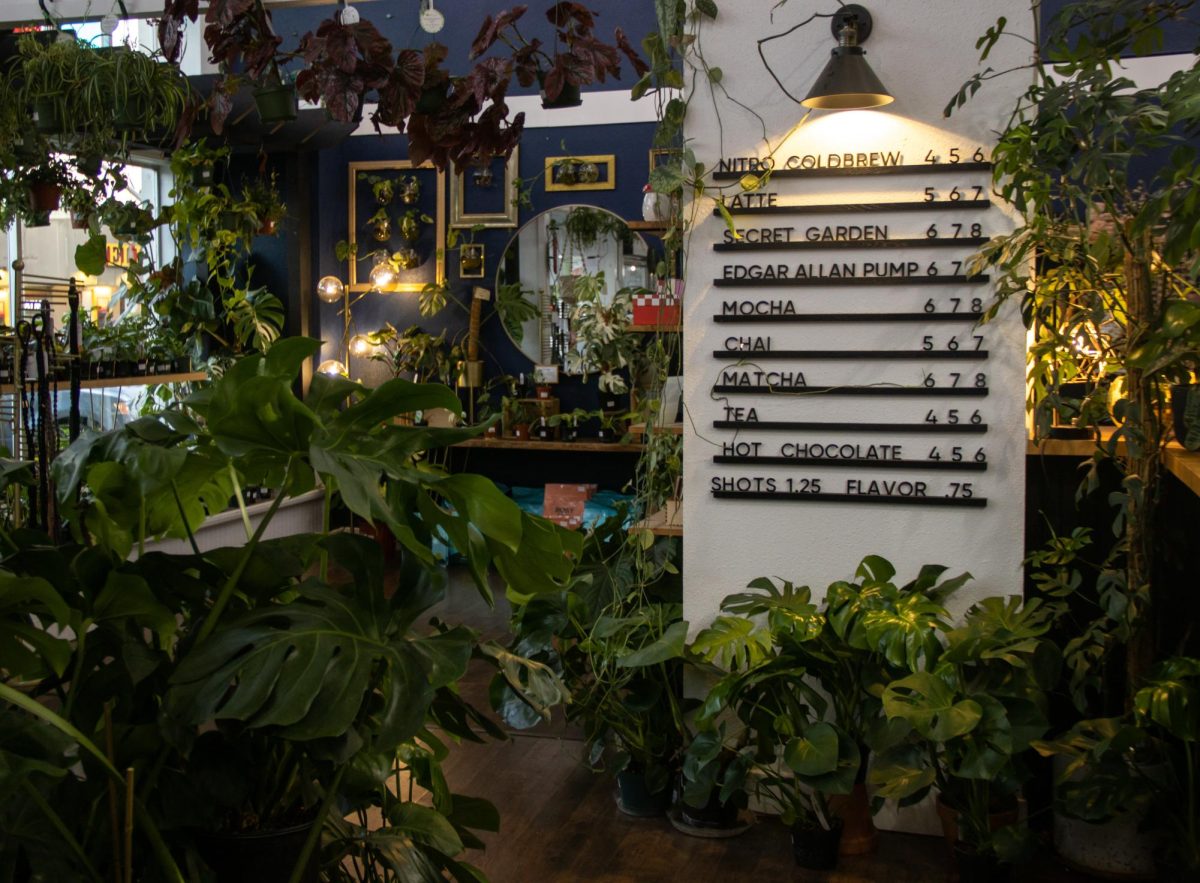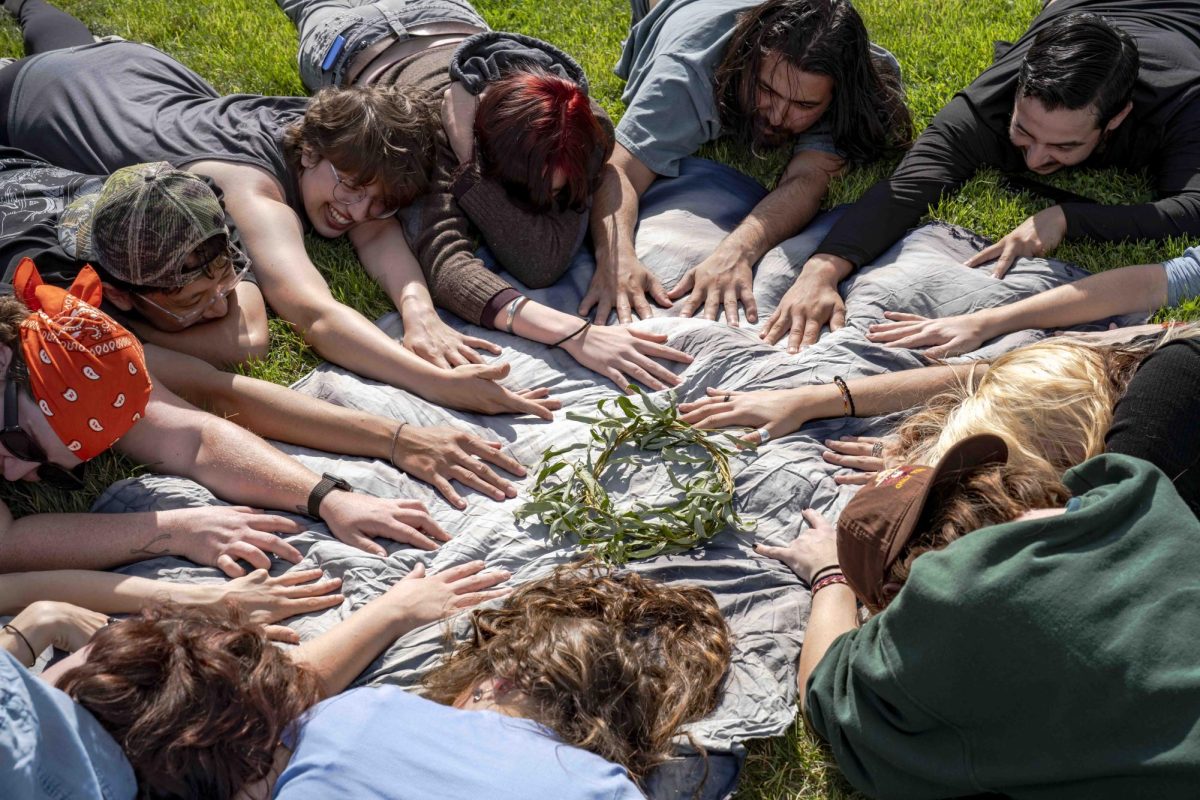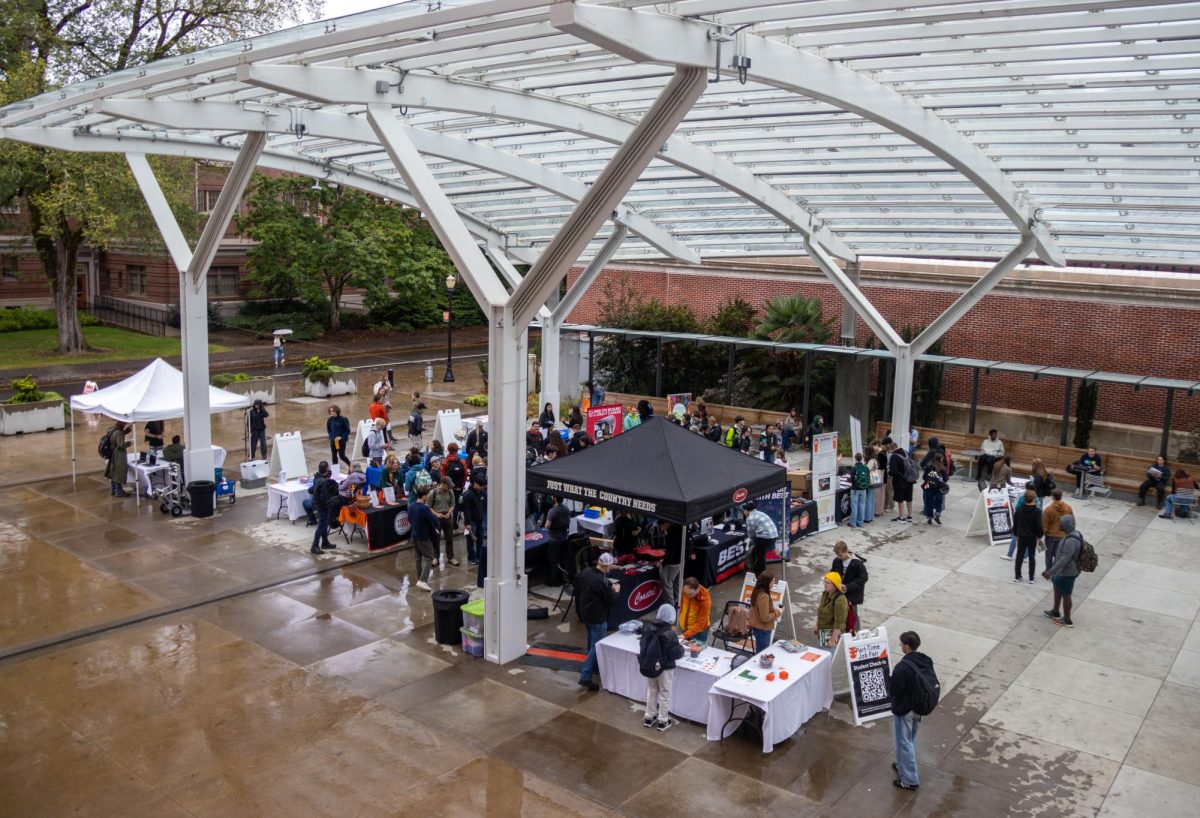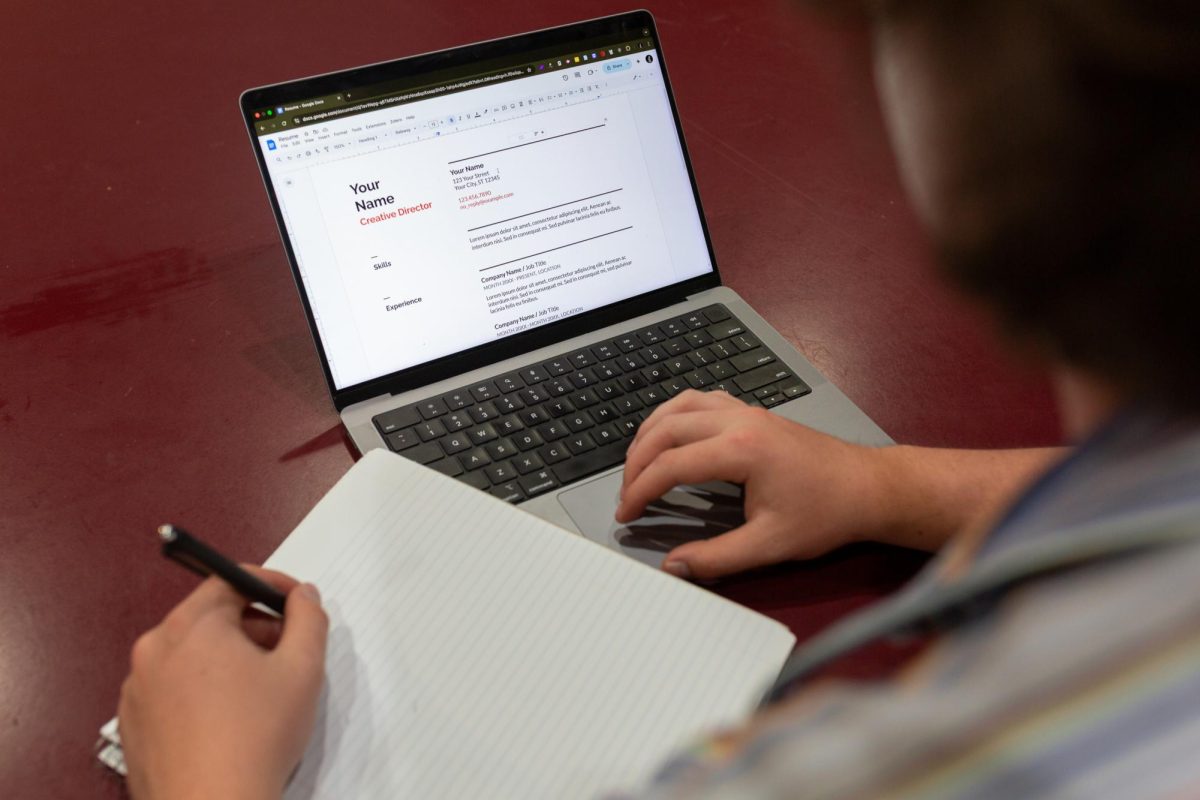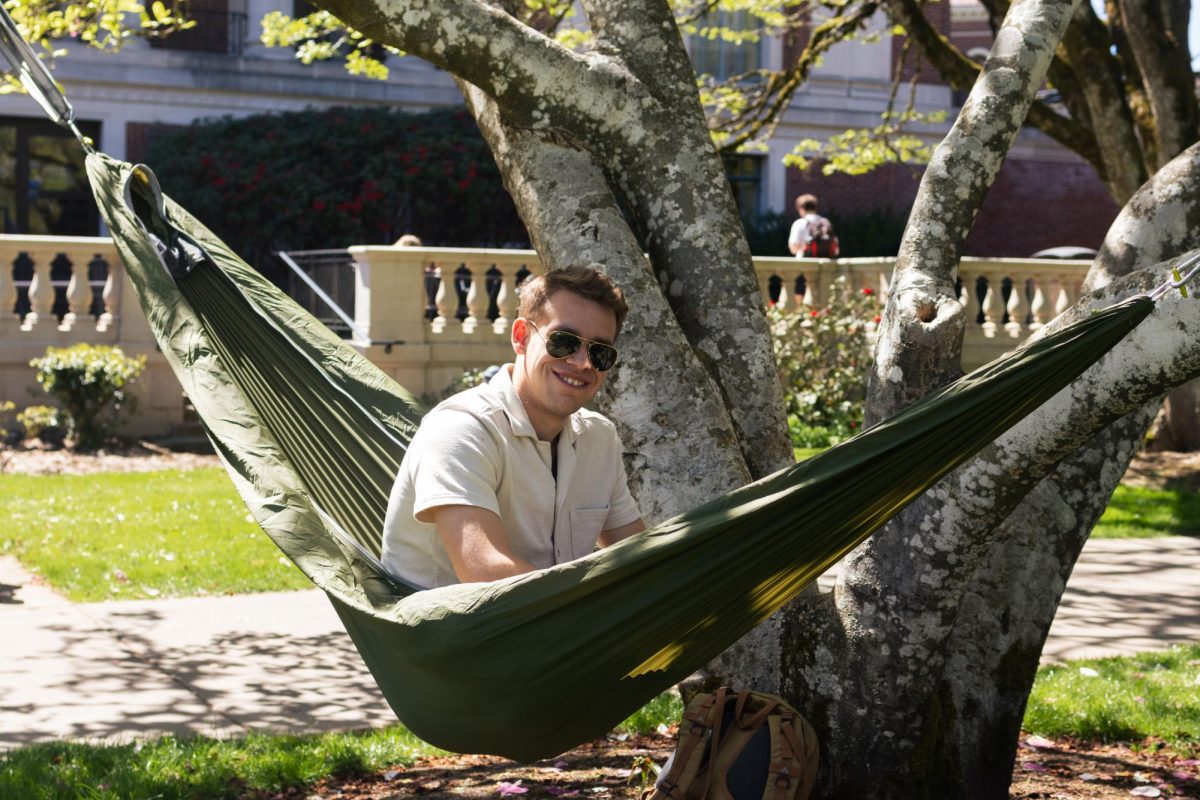The word “engineer” is derived from the Latin root “gene”, meaning, to create or invent. It makes sense, at the core of engineering is invention; it’s an inherently creative process (as little as that Excel sheet of numbers and graphs may look artistic).
Being a creative pursuit, an engineer is as tethered to the creative process as a novelist or a painter is. Encountering inspiration, fostering collaboration, and becoming comfortable with the tools of the trade are uphill battles they all face and, in the end, emerge with a book, a painting or a suspension bridge.
Getting a handle on this process starts in college for most engineers. They amass a knowledge of basic concepts, apply them in capstone and club projects and learn to work with others over mishaps and mistakes.
As the Oregon State University College of Engineering faces new challenges, however, some students feel as though these aspects are in jeopardy.
“Space is an incredibly limited commodity around here. I know that a lot of people are really stressed about the size of their clubs versus the availability of space and resources,” said James Shea, president of the OSU Student Chapter of the American Institute of Aeronautics and Astronautics. “It has been a particularly bad issue these past couple of years because of just how intensive the restructuring has been.”
Restructuring being the use of different buildings, certification systems, and loss of faculty.
According to Shea, the Aerospace program lost a keystone faculty member, Nancy Squires, in the midst of the COVID-19 pandemic in 2020. Not only a faculty member, she was critical to the AIAA club and other extracurricular projects supporting students.
“Squires just suddenly passing away, is kind of caused upset in these transitions, because all of a sudden, somebody who probably has other responsibilities has to do [her job] as well,” Shea said.
Brandon Wied, president of the OSU Blacksmithing Club echoes a similar sentiment about Brian Jensen, who left the Machining and Product Realization Laboratory, causing a difficult period of transition for the MPRL shop space.
According to Wied, this transition has led to confusion around the use of shop space as Jensen did not always run the shop to the guidelines COE laid out; especially the times the shop space was open for use.
“The shop did things in a certain way with people who are no longer with the shop,” Shea said.
According to Wade Marcum, senior associate dean in the COE, the rules and hours for COE shop space are posted on the doors entering the shop space and have not changed for the past several years (nor are there plans to change them).
Another source of confusion and trouble for both the AIAA, Blacksmithing Club and a handful of other COE clubs has been the shop certification processes.
According to Marcum, COE has developed a training series in consultation with their safety director and other constituents, series that vary depending on the tool.
“So for example, you might only need to use a hand drill and that would not require the same level of safety training and rigor as one who might need to use of a large scale mill or laser,” Marcum said. “There are different levels of training which are posted and available for preview for all students.”
While these trainings are available to all students, they are not always accessible to all students.
“We want to give access to everyone. But it’s really not equitable for us to give access to everyone with no preference to those who absolutely have to have access to be successful in the classroom,” Marcum said. “There are periods of time where we do not have space available for others that may want to participate, but it doesn’t mean that they are de facto precluded from completing them.”
Alongside this, the interface can be confusing for those who have never used it before.
“(Freshmen) don’t necessarily know how to navigate the certification system,” Wied said.
This has impacted the Blacksmithing Club in particular. Because it is not as technically-heavy as the Robotics Club or AIAA projects, they attract students looking to indulge in more artistic pursuits.
“For us [limited certification] –is a really big issue because 33% of our club is non-COE,” Wied said. “Half of our purpose is to bring engineering concepts to people outside of engineering.”
Making more certifications available would involve resources the COE doesn’t seem to have. Both Wied and Shea mentioned the limited number of shop staff and, at the end of Wade’s interview, asked to mention the job vacancy for Director of Innovation labs, which oversees the machine shop.
“There are a lot of issues that I would say people who were here 10 years ago either didn’t have to contend with or chose to ignore, that we are being conscientious of,” Shea said. “You’re getting additional work and additional stress that people have to deal with. I worry that there is not enough faculty to do that justice.”
While this impacts the day-to-day running of the COE shop spaces, it can also have larger, cultural impacts. Without resources and ample communication, one of the most important parts of the creative process withers; interdisciplinary communication. Engineers don’t just work with engineers.
“I know personally, as a club leader, I know my club would greatly benefit from art students. I’ve seen engineers try to paint,” Shea said. “(Communicating) to those students and departments has proven to be a greater challenge than any class I have taken in school by a mile.”
Wied expressed similar thoughts, noting that one of the main purposes of the Blacksmithing Club is outreach, as it’s positioned outside of the more technical engineering world but still allows people to get acquainted with a machine shop, engineering concepts and mechanisms.
However, with limited certifications availability for non-COE students and uncertainty in other aspects, this can be difficult to do.
“I mean, it’s just an accumulation of stuff that has made it kind of difficult for us,” Wied said.

